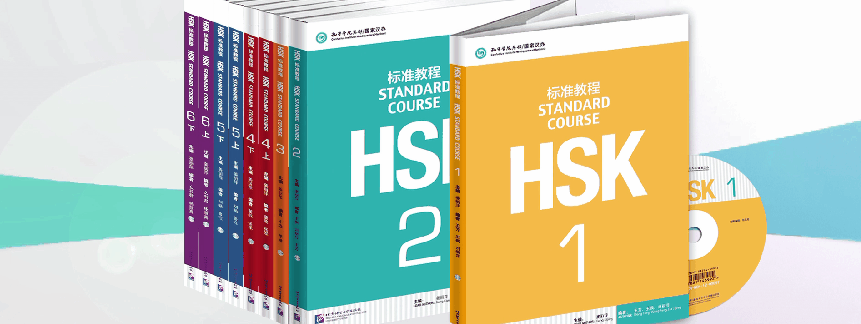Online Bookstore
New Practical Chinese Reader (3rd Edition) Textbook 1
Author:Liu Xun
- Medium:Books,MP3
- ISBN: 9787561942772
- Page Count: 313
- Size:285 × 210 × 7 mm
- Pub Date:2015-10
- The book weight: 885 g
- Annotation Language:English
- Course:Comprehensive
- Target Audience(Age):College ,Adults
- Target Audience(Language):Beginner,Elementary
- The Series: New Practical Chinese Reader (3rd Edition)
- Subject Zone: New Practical Chinese Reader
- Price:
-
Category: Textbooks >Study outside China >Adults
Textbooks >Study outside China >Universities
More













